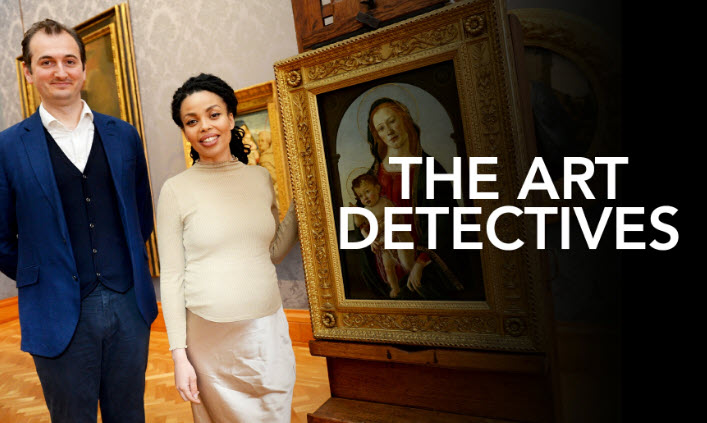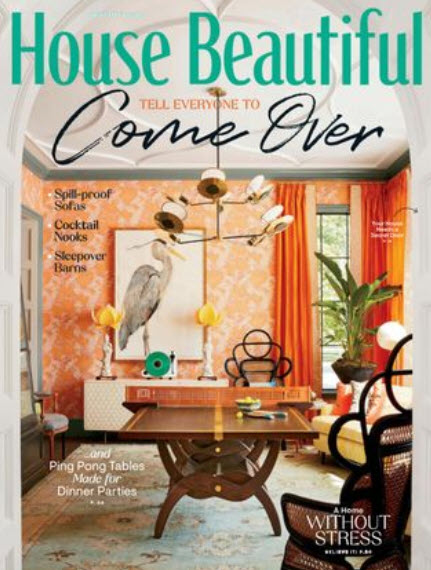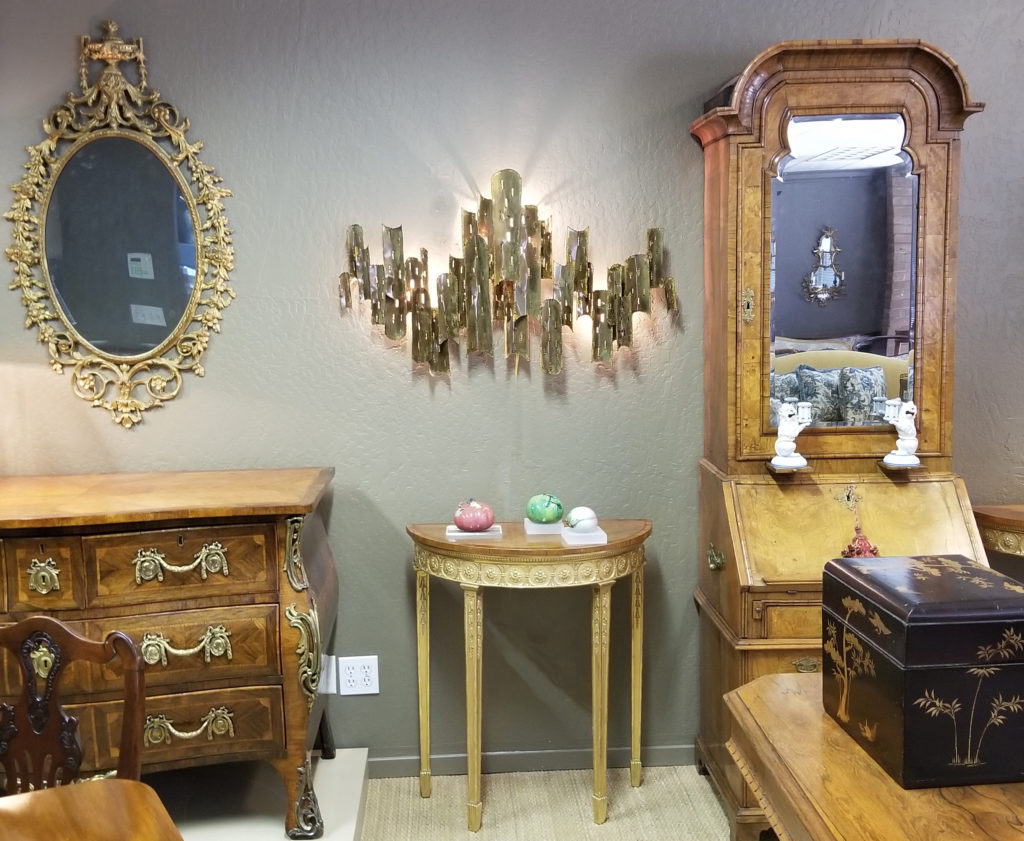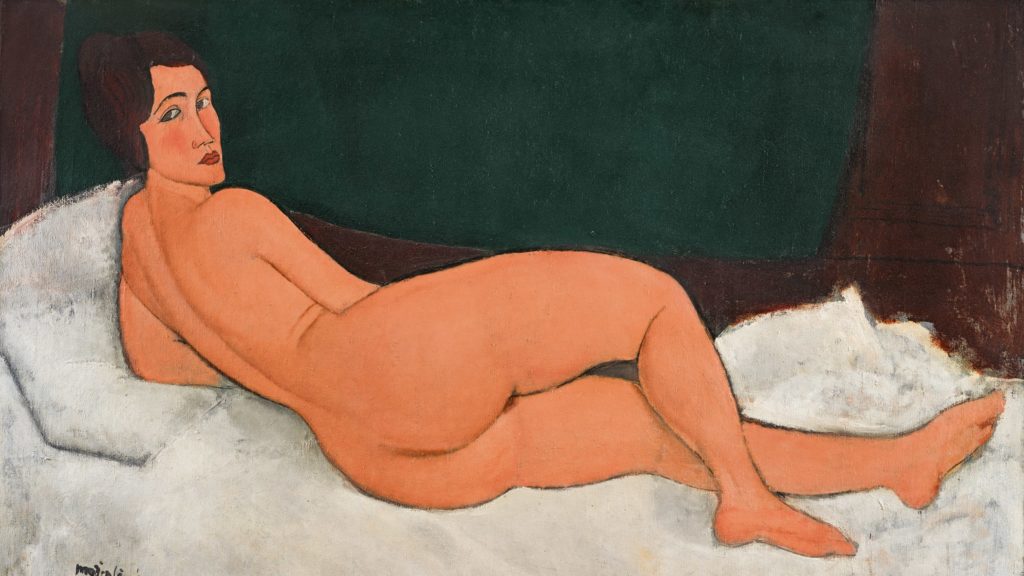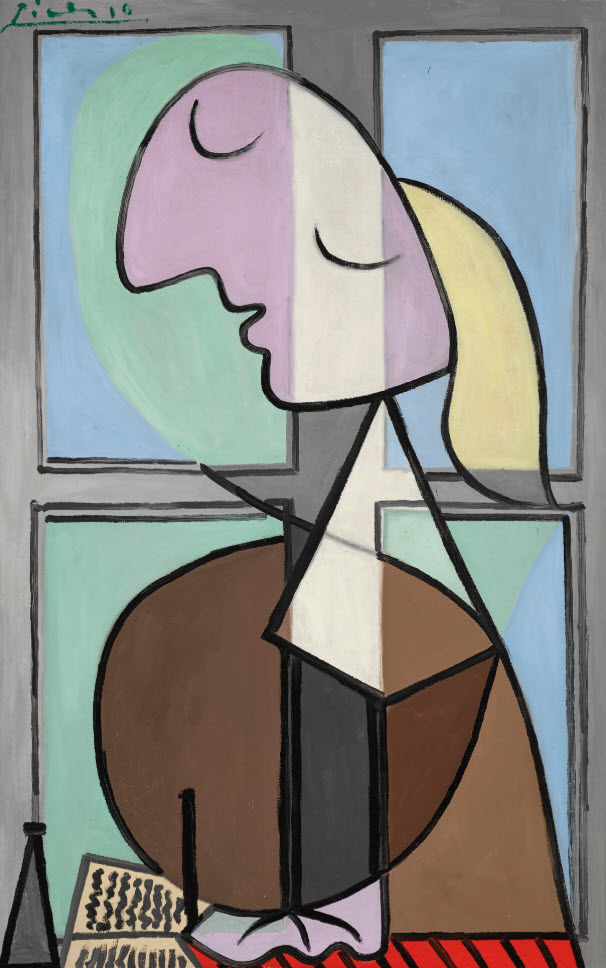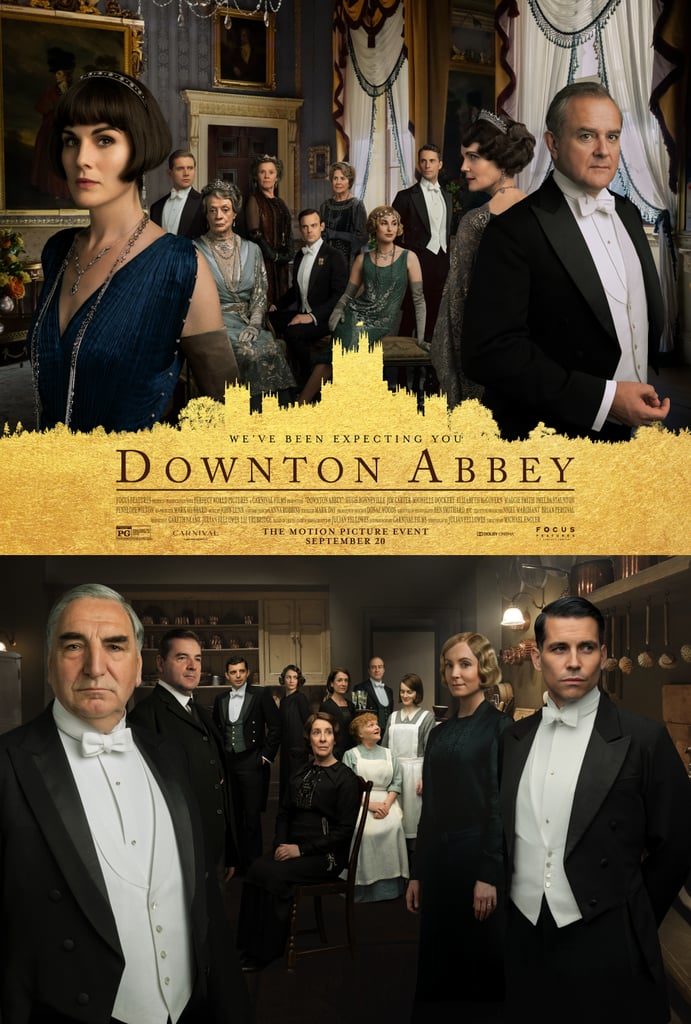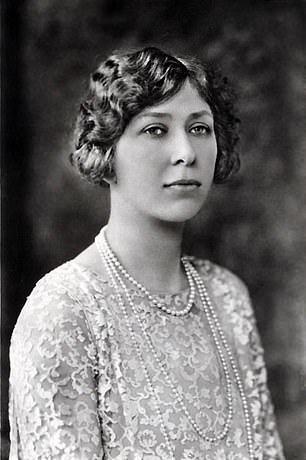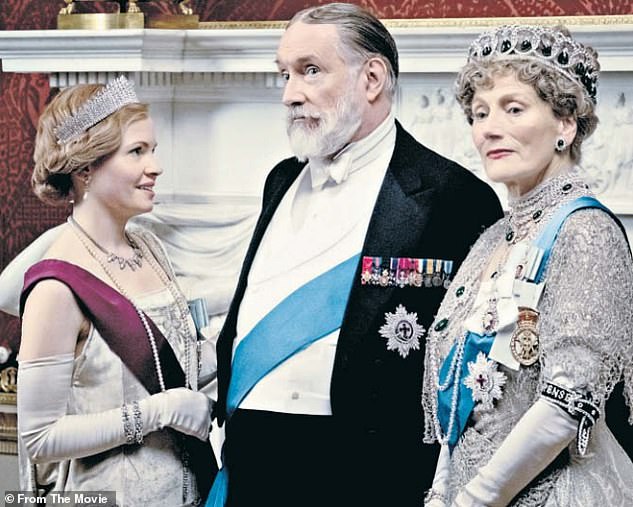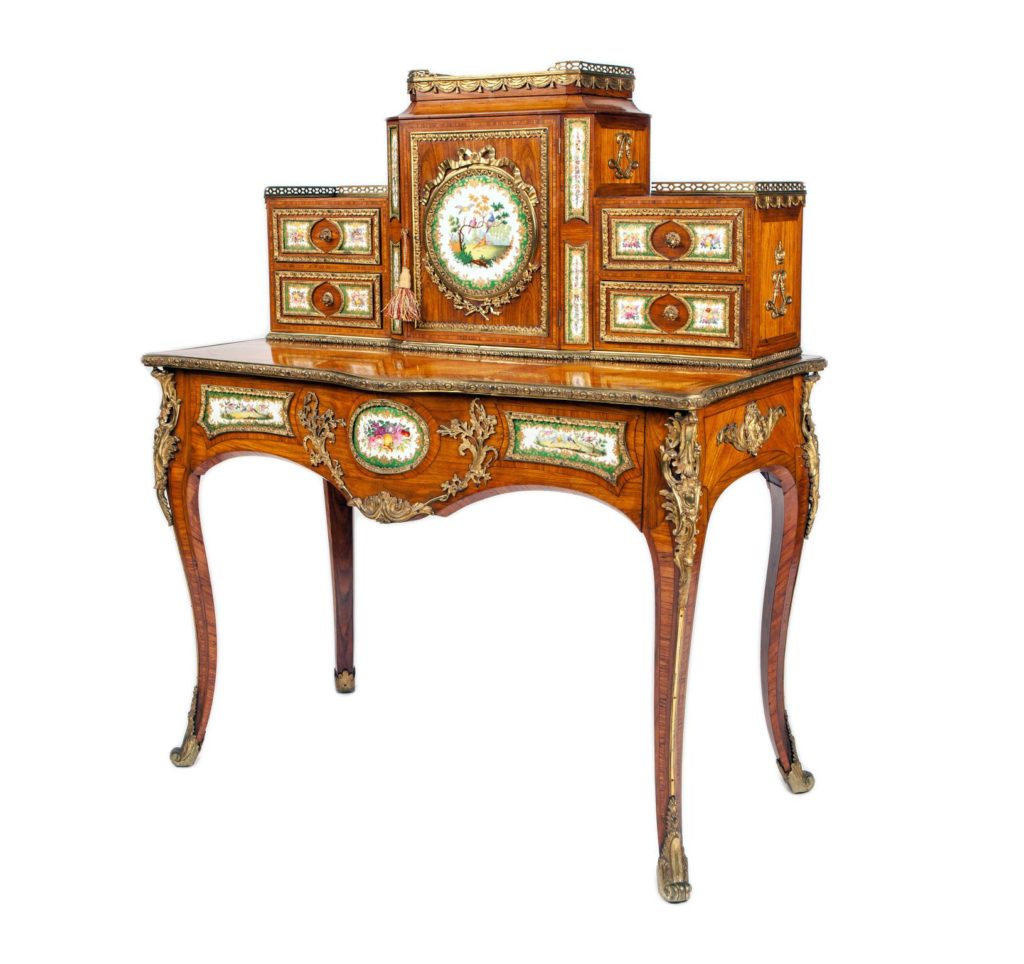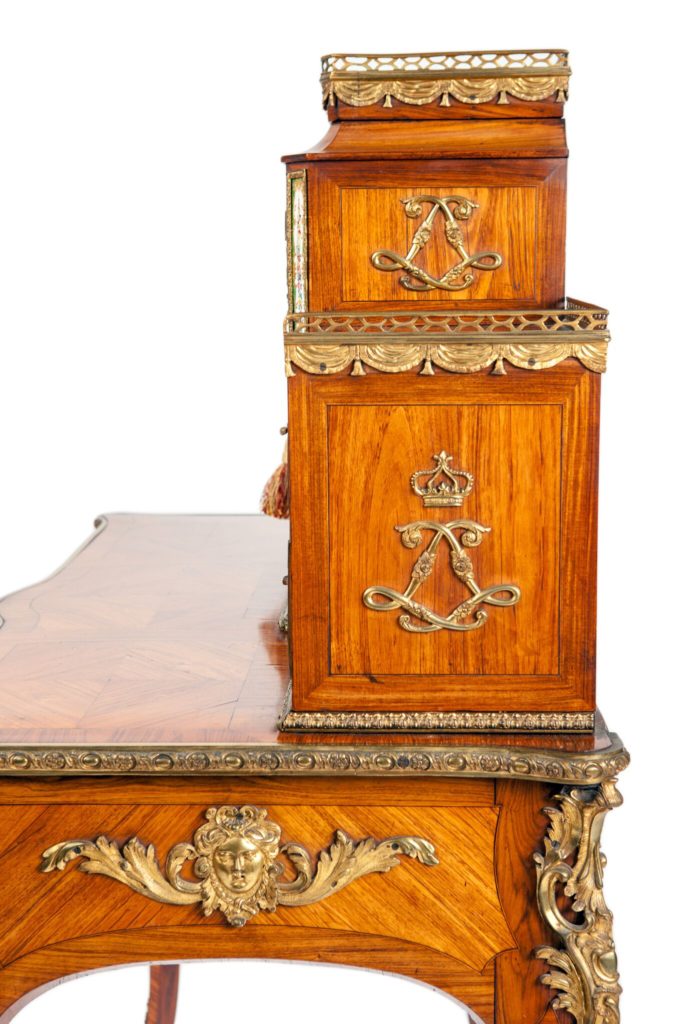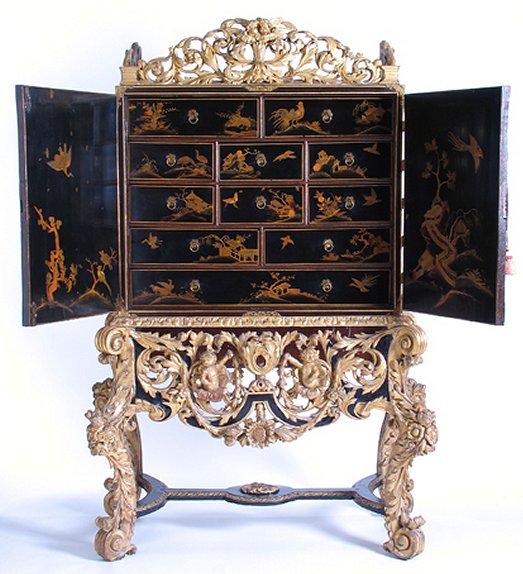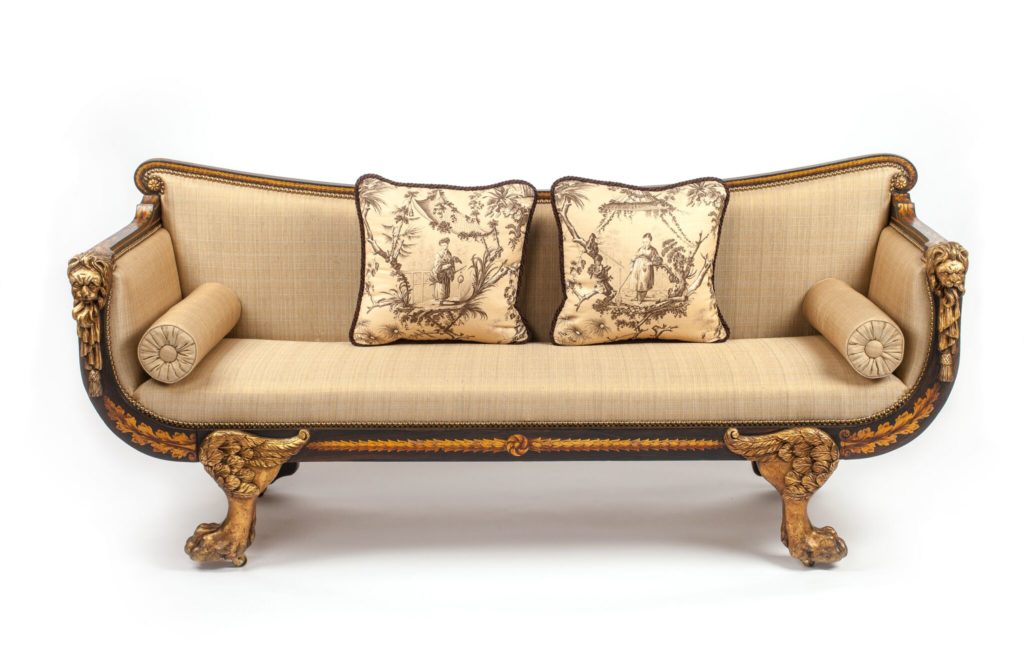We’ve a break in the action just for the moment, allowing us time to sit and watch TV. The benefit of modern TV watching is the access to 1,000’s of programs, and one of which is ‘The Art Detectives’. I must say, host and researcher Bendor Grosvenor I have a soft spot for, and not just because of his aquiline nose. A bit more personally than that, he did not so long ago on a programme featuring the series of portraits by Peter Lely known as the Windsor Beauties interview my great and good friend and old thesis supervisor at UCL Diana Dethloff, who’s special study the beauties are.
In the outing we’ve just watched, Dr Grosvenor examines a Rembrandt self portrait at a National Trust property, and after some in-depth scholarly and scientific research concludes that the portrait and its variants in Germany and the Rijksmuseum in Amsterdam are at the very least linked to the artist’s workshop, even if not definitely by his hand. In the course of his examination, Grosvenor did interview the chap in the Netherlands who is now considered the world’s leading authority on Rembrandt. When asked about considering the portraits in light of connoisseurship that begged their comparison, the expert rejected this out of hand, saying that he never applies any connoisseurship to a consideration of artwork, relying entirely on scientific analysis.
Well- there you have it. The practiced eye that can sometimes with merely a glance suss out what might otherwise be occluded, the ability to discriminate between what’s good and shall we say what’s less good we toss aside in favour of the aridity of scientific analysis. Or should I say, the flair and judgement and confidence of the art historian must needs be replaced by machines. A human examination and contextualization of what is arguably the most glorious production of human material culture is to be removed from that other glory of humanity- critical thinking.
It is I suppose one of many darkening episodes in this modern age that machines have invaded everything and their production exalted and in the case of the Rembrandt expert, it is I suppose easier to use some kind of objective calibration than to employ the little grey cells to intellectualize the meanings that might be divined from some objective measure.
Not so long ago, I enjoyed an evening out with an excellent violinist who in addition to her performing schedule regularly teaches a master class for budding musicians and musicologists. She expressed her frustration that in the main her students were unaware of critical thinking and when asked questions that required some kind of gathering of facts and the drawing of conclusions- the simplest sort of Aristotelianism- she would get brief what she termed ‘factoids’- simple conclusive bits of information gleaned from the internet that while perhaps related to whatever question she might have posed did not in themselves provide any sort of answer. She wondered whether her students, in the aggregation of factoids, hadn’t themselves thought that they might magically coalesce into some kind of coherent explanation and conclusion.
Critical thinking is the boon companion of connoisseurship, while naked empiricism should be its servant. I have to admit, in the discipline of art history over the course of the last few decades, the connoisseur has got something of a bad rap. One thinks immediately of the uber connoisseur of the last century, Bernard Berenson who early on made his reputation by using his practiced eye to systematize the work of Italian artists of the early renaissance. Of course, all that happened at a time when even photography was in its infancy, and Berenson’s work was largely accomplished the result of his personal examination of innumerable works, often times in less than optimal conditions. Sadly, his earlier contributions to the history of art were occluded by what has been seen as his too cozy relationship with the likes of dealers like Joseph Duveen. It has long been rumoured that Duveen would pay Berenson as much as 25% of the retail price of a work Duveen sought to sell, just for a letter of attribution from Berenson. As Robertson Davies put it in ‘What’s Bred in the Bone’, his novel about the art world of the early 20th century, it might have been difficult for Berenson to hear the ring of probity when considering an artwork above the ring of the cash register.
For those of my gentle readers who may consider any sort of defense of the connoisseur tempered by their having seen me on hands and knees looking underneath a piece of furniture to determine if the use of glue blocks and mortise and tenon construction argue for its being the genuine article, or have witnessed my moving a painting into a darkened room so I could examine the design layer under blacklight, I would remind them that any sort of practical, technical examination isn’t the first thing I do. The first thing is- I look at the object. It is the looking that develops the practiced eye that is the basis of connoisseurship. As I have always heard it said, Anthony Blunt always exhorted his students to look at the pictures.
Oh, my goodness- I see my two chosen exemplars, Berenson and Blunt, both of shall we say tarnished reputation perhaps argue less than what I had hoped in favor of connoisseurship. Well, for the time being, I happily look to Bendor Grosvenor who will I hope on TV and otherwise carry on looking at paintings in the same manner as he has, and will across his aquiline nose continue to cast a connoisseurial eye.

